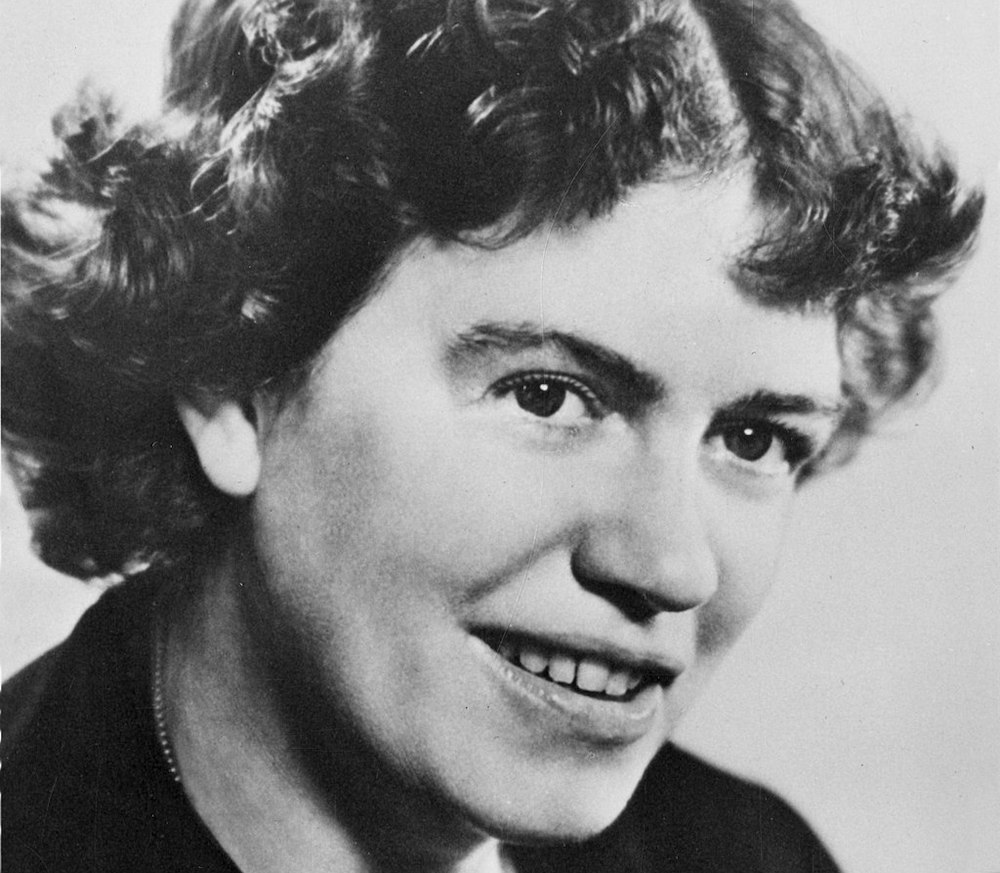
Margaret Mead died in 1978 as one of the most famous cultural anthropologists in the world – a reputation that’s stood the test of time. Mead authored 23 books, including “Coming of Age in Samoa,” “Growing Up in New Guinea,” and “Male and Female,” and was a frequent speaker in mass media in the 1960s and 1970s. She was often considered a controversial academic.
Mead was born in Philadelphia on December 16, 1901, to a family of social scientists. She earned her bachelor's degree from Barnard College in 1923, her master’s degree from Columbia University in 1924, and her doctorate in 1929. Anthropology was Mead’s calling, and she wanted to develop new understandings of human behavior and make them last into the future.
In 1925, she set off for American Samoa to do fieldwork. She wanted to find out if adolescence was a universally difficult and stressful time due to biological factors or whether the experience depended on one's cultural upbringing. Her observations led to her conclusion that adolescence was not as traumatic for Samoan girls because cultural patterns in Samoa were vastly different from those in the United States. Her findings were published in “Coming of Age in Samoa,” a longstanding best seller in which Mead establishes her belief in cultural determination.
While in Papua New Guinea, Mead did groundbreaking work on gender consciousness. She set out to learn to what extent temperamental differences between the sexes were culturally determined rather than instinctive. Her findings were published in “Sex and Temperament in Three Primitive Societies,” and she explored the subject more thoroughly in “Male and Female.”
In 1926, Mead joined the American Museum of Natural History in New York City as assistant curator. She then served as associate curator from 1942 to 1964, curator of ethnology from 1964 to 1969, and curator emeritus from 1969 to 1978.
Mead’s contributions to science have garnered her much recognition and multiple awards. She was inducted into the National Women's Hall of Fame in 1976 and at the age of 72 was elected to the presidency of the American Association for the Advancement of Science. She has been featured on a postage stamp, has several schools named in her honor, and, in 1979, she was posthumously awarded the Presidential Medal of Freedom.
